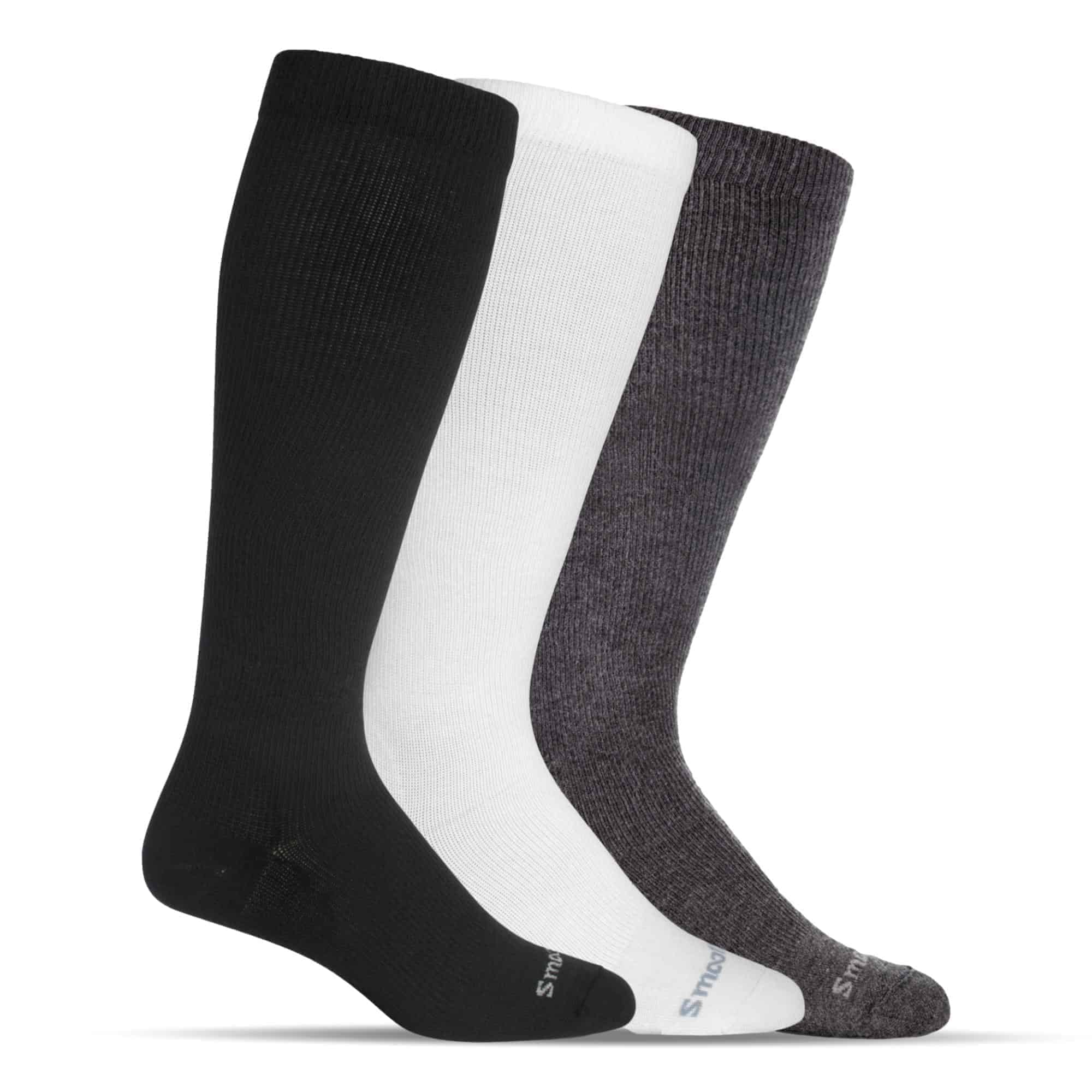When one thinks of socks, it’s easy to dismiss them as mere articles of clothing. Yet, in the realm of health and comfort, the humble sock can transform your daily experience, especially when it comes to compression socks that deliver a snug embrace and impressive support. Among the various compression levels, 30 to 40 mmHg compression socks stand out not only for their practicality but also for the multifaceted benefits they confer. This article delves into these benefits, exploring how these socks can enhance both the everyday experience and overall well-being.
At first glance, one might only perceive compression socks as a necessity for those with specific medical conditions or occupations requiring prolonged standing. However, as we peel back the layers, we discover that their advantages extend far beyond mere utility. Compression socks work by applying controlled pressure to the legs, which can mitigate various issues, ranging from fatigue to swelling, while simultaneously promoting circulation. This compression stimulates blood flow, invigorates muscles, and expedites recovery processes—essentially giving your legs a rejuvenating boost.
Let’s dive into the anatomy of the benefits. The primary function of 30 to 40 mmHg compression socks is to improve venous return. Healthy blood flow is fundamental to preventing the stagnation of blood in the lower extremities, which can lead to various complications, including varicose veins and deep vein thrombosis (DVT). For individuals who may be predisposed to these conditions—due to lifestyle, occupation, or genetics—the adoption of compression socks can serve as a proactive measure in maintaining leg health.
Another significant advantage lies in their capacity to combat fatigue, a common affliction among those who stand or sit for extensive periods. Imagine the relief that accompanies the end of a long day when your legs feel invigorated rather than depleted. The graduated compression design used in these socks exerts the most pressure around the ankle, gradually decreasing towards the knee. This engineered approach encourages a dynamic blood flow, providing support that can directly translate to enhanced endurance and reduced discomfort during lengthy endeavors. Consider professions such as nursing, teaching, or retail, where standing is inevitable; using compression socks can lead to a marked improvement in daily stamina.
Furthermore, athletes and fitness enthusiasts are increasingly recognizing the potential of these socks for performance enhancement and recovery. Studies suggest that wearing compression garments can minimize muscle oscillation and vibration, effectively reducing muscle fatigue during physical activity. Post-exercise, compression socks aid in the swift removal of metabolic waste products, such as lactic acid, which accumulate during strenuous exertion. This accelerated drainage not only reduces recovery time but can also lead to improved future performance. Athletes may discover that investing in a quality pair of 30 to 40 mmHg compression socks can provide them that elusive edge on race day.
The advantages do not end with circulation and fatigue relief; psychological benefits emerge as well. The very act of donning a well-fitted pair of compression socks can foster a sense of care and prioritization of one’s health. Feeling confident in your appearance and your comfort simultaneously is a powerful combination. Many designs now offer aesthetics on par with traditional socks, allowing individuals to express personal style while reaping health benefits. It’s intriguing how functionality and fashion can converge to create a product that caters to both our physical and emotional needs.
Moreover, those recovering from surgical procedures may find solace in using compression socks. The postoperative phase, regardless of the procedure, often presents complications related to circulation and swelling. 30 to 40 mmHg compression socks can provide the requisite support to mitigate these risks, fostering a more expedient and comfortable recovery. They not only encourage venous circulation but also can provide pain relief and reduce the possibility of complications such as leg swelling or DVT during rehabilitation.
For anyone concerned about the environmental implications of their clothing choices, it’s worth noting that many modern brands manufacture compression socks with sustainable materials. These selections not only support personal well-being but also reflect a growing awareness of our ecological footprint. By choosing compression socks that are both effective and eco-friendly, users can align their health choices with a broader, conscientious lifestyle.
In exploring the myriad benefits of 30 to 40 mmHg compression socks, it becomes apparent that these garments serve as more than mere fabric; they embody a convergence of health, comfort, and style. The solution they offer is a holistic approach to leg health, enhancing circulation, reducing fatigue, facilitating recovery, and even providing emotional boons. As the conversation around health and wellness continues to evolve, the humble compression sock invites us to reassess how we perceive such commonplace items.
In conclusion, the allure of 30 to 40 mmHg compression socks is not simply about alleviating discomfort—it is about bettering the overall quality of life. Their benefits resonate across various aspects: from physical support to psychological upliftment, weaving a narrative of care that extends beyond the individual to touch upon broader lifestyle choices. So, whether you’re an athlete, a professional on your feet all day, or someone recovering from a procedure, consider slipping into a pair of these remarkable socks. In doing so, you embrace not just comfort, but a proactive approach to your health, allowing you to stride forward with renewed vigor and confidence.
